THE LATEST FROM VALTASNews, updates, and stories to keep you in the know.
|
Or the decision may be entirely personal in nature – illness, changing family needs, or retirement. Some reasons for leaving will allow for more notice than others. Some will be on better terms than others. Some leaders will have more to give than others by the time they choose to leave. Obviously, it’s impossible to account for the specific details around each situation, but there are some clear steps that you will need to take regardless of why you are leaving. No matter the circumstances, leaving an Executive Director role well requires that you:
Understand What You Want to Accomplish The first step you need to take is to think through your motivations. Understand what you hope to accomplish in leaving. Ask yourself, “Why am I leaving? And why now?” and really take the time to answer it fully. You shouldn’t be running from something, but to something. Even if your primary goal is to get out from underneath an organization that you no longer want to support or out of a role that has turned toxic, just wanting to get away isn’t enough. You need to truly have a sense of where you want to go and what you want to do when you get there. Even if the place you’re “going” to is just a hiatus to regroup, think through what you’re hoping to learn, explore, or find in your time away. Your future self will thank you for setting this framework before starting the process because it will set you up for success later on. Be Straightforward When it comes time to talk to the board about resigning, be honest. Clearly state your intentions and transparently share why you want to leave. Be open to communicating with them as they ask questions and share their concerns. Always go through the proper channels by starting your communication with the board and then telling the rest of the staff when the board is ready to do so. This will avoid making the process any harder or more damaging that it needs to be. Maintain your integrity by avoid drama or politics throughout the process. As you communicate and start the process of leaving, do the organization (and yourself) a favor and frame the “next steps” in the context of doing the right thing. There will be a tendency for people to want to honor (or maybe vilify) you. Don’t let the future be about you in their minds. Remind the board, and later the staff, that their true obligation is to the community you serve. Give them permission and even a mandate to look to the future and take this as an opportunity to be even better. Don’t allow them to try to replicate the status quo. It may be comfortable where you are, but your organization exists to address a need. Make this about the next, better steps to address that need, not tell you how fabulous you are. Actually Separate Remember that leaving your role means actually separating. Be helpful and involved in the process, where appropriate, but let the organization start to take over so the handoff is gradual. Understand that things are going to start looking a little (or a lot) different, and that’s okay. In fact, that’s the whole point. If it’s too hard to watch the organization change as you leave, honestly communicate your feelings to the board and look at ways that you can leave sooner so you don’t derail their efforts to move on from you. The reality is that the board will need to step into its governance and oversight role. They will have to consider what the future of the organization might be, and who they might want to help take them there as a new leader. Just as you would not have wanted to be haunted by the ghosts of past directors, you should not become one of those ghosts. You had your time at the helm. You made your mark. Now leave a clear runway for someone else to leave theirs. Don’t try to extend your legacy by trying to influence the future. Trust that the board will find a leader they trust and are excited about working with. It is not their responsibility to perpetuate your legacy. Follow The Plan Make a plan that maximizes the amount of notice you have given and stick to it as best as possible, adapting as needed if circumstances change. Know what you will leave behind and how you can empower others to lead when you are gone. In some cases, it will be important for other employees to take the initiative to step up, and in others the outgoing Executive Director will need to help pull them into a position where they can contribute more. If the board is moving through the hiring process quickly and it appears a replacement could be hired before you leave, determine whether you will be receptive to training your replacement. There is no right answer here – each organization, board, and Executive Director will be different in their desires around this sticky topic. Again, keep the lines of communication open to figure out how to handle this part of the process. But be intentional about planning the onboarding/transition plan and your role with the board. They may ask for some overlap time, or they may feel that the better course is to have some outside help come in to help with onboarding the new leader. It is not an insult to your leadership when they choose to focus on setting the stage for the future as opposed to trying to maintain the status quo. Anticipate Resistance Leaving your role is not only hard for you – it’s hard for the rest of the organization as well. The board may worry about your departure and other employees may not want new leadership either. Anticipate this kind of resistance (especially if you have been in the role for a long time or the organization is experiencing uncertainty) and understand how you will handle it both personally and professionally. Don’t give in to guilting techniques and pleas to stay if leaving is truly going to be best for you/organization. Understand that you may just need to walk away and let the organization figure it out for themselves if there is strong enough pushback. Say Goodbye Saying goodbye is an important final step. As Hannah Cavendish-Palmer explains in her article on mastering the art of leaving well, “This type of closure may not feel important to you, but it is likely important to at least one of the people you work with. Schedule time for it. If you cannot bring yourself to do in-person goodbyes, an email is better than nothing.” When you need to coordinate interim leadership for your organization, please reach out to us! We have a team of highly qualified nonprofit leaders to draw from so we can find the right fit to place with your organization while you search for a more permanent solution. We can also handle your leadership search from start to finish as well. Our nonprofit executive recruiters will work with you and the board to discern what you need in your next Executive Director or CEO role and help you find the perfect fit for your organization. Contact us today to find out more! Comments are closed.
|
THE LATEST FROM VALTAS
You are welcome to subscribe to get the latest news, updates and insights from our team. Subscribe:Ask Valtas!Categories
All
Archives
April 2024
|


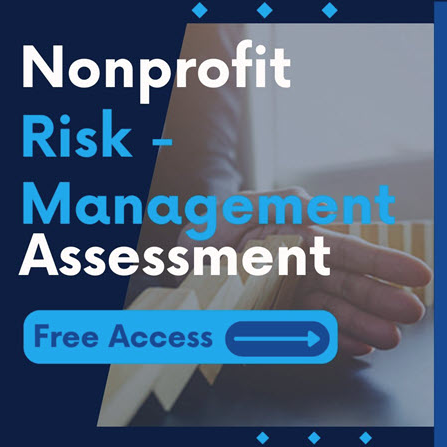
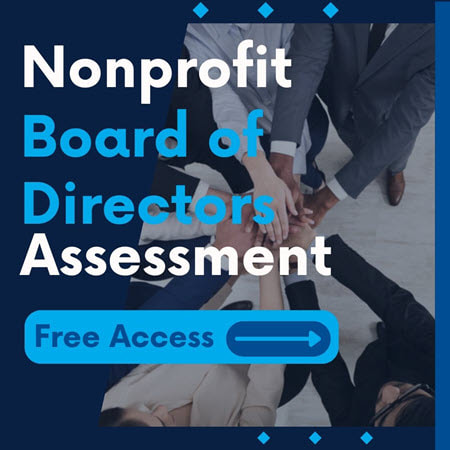
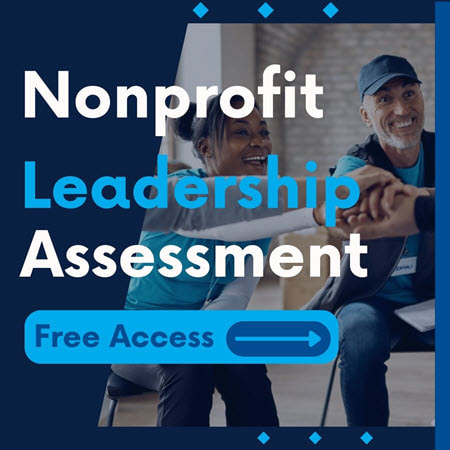
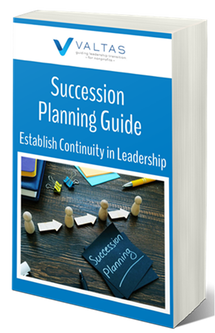
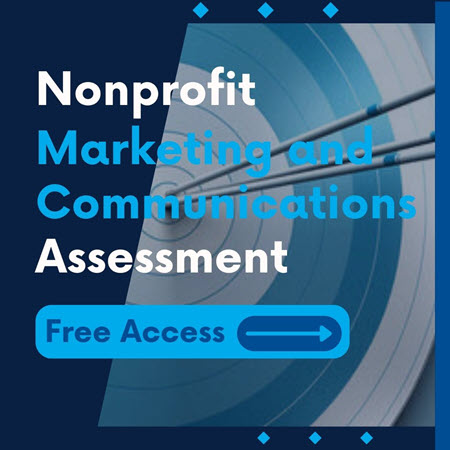
 RSS Feed
RSS Feed
